You’ve probably come across a few terms while buying sunglasses that are advertised heavily. More often than not, big brands offer ‘polarized sunglasses’. So what exactly are polarized sunglasses? Is it one of those marketing terms that really offers no tangible benefit? Or is it an absolute must have feature? Here’s what you need to know about polarized sunglasses, how they’re different from non-polarized sunglasses, and why they’re important.
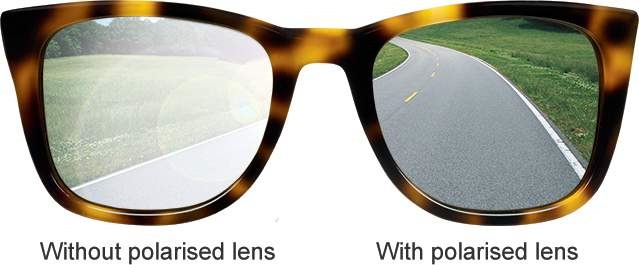
Before we try to understand how polarized sunglasses help, we have to understand how light around us works. Sunlight, once it reaches the earth, is absorbed, reflected and refracted in all sorts of ways by the thousands of elements we see around us. This includes water, glass, plastics, and even the ground. Once reflected, this light travels in a horizontal direction and hits our eyes, causing visual discomfort, and in some cases, even temporary blindness. Ever had the feeling that excess sunlight is ‘blocking’ details of your view, especially near water bodies? That’s exactly what happens when you don’t have vertically polarized glasses.
Vertically polarized glasses don’t let this harmful glare affect your vision, which is crucial during driving. You don’t want to be blinded even for a moment while driving with your family in the car, do you? Other than for daily use, polarized glasses and sunglasses help a great deal while fishing. There are ‘fishermen sunglasses’ made for this very purpose. Reducing glare helps fishermen see what’s under the water surface better, and thus, fish better.
So, the advantages of buying polarized glasses are:
- Reduced visual discomfort
- Clearer vision in daylight
- Reduced eyestrain
- No glare and reflection
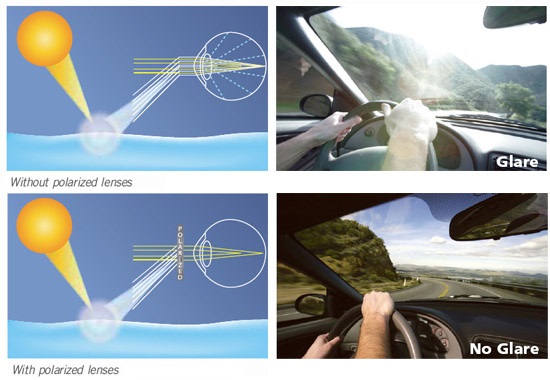
All these advantages however, don’t mean that polarized glasses are without their disadvantages. Reading text on LCD/LED screens with polarized sunglasses on is very difficult and sometimes nigh impossible, so if you’re in an outdoor profession that requires you to look at screens frequently, polarized sunglasses are not for you. Skiers have also reported difficulties in discerning between snow and ice patches. Otherwise you shouldn’t face any problems, and we highly recommend getting a pair of polarized sunglasses, despite the increased cost.
The better brands of sunglasses are often polarized and offer UV protection as well, but just because the glasses are polarized doesn’t mean that it offers UV protection too. Make sure to check that your new pair of sunglasses are both polarized and offer UV protection, it should be mentioned specifically. Also, since polarized glasses and simply tinted glasses look quite similar, you’d be wise to also check specifically that what you’re buying is a pair of polarized sunglasses. If the sunglasses you’re picking up have a price that just seems too good to be true, it probably is, because the manufacturer could have skipped UV protection and polarized lenses.
Now, along with polarized lenses, you can also get yourself one of the following types of sunglasses, depending on preference:
- Mirrored Glasses: Exactly what it sounds like, mirrored glasses have an outer coating that don’t let people make eye contact with you because the lenses reflect all light from the outside. It’s also a fashion preference of course, so if that’s your thing, get mirrored glasses.
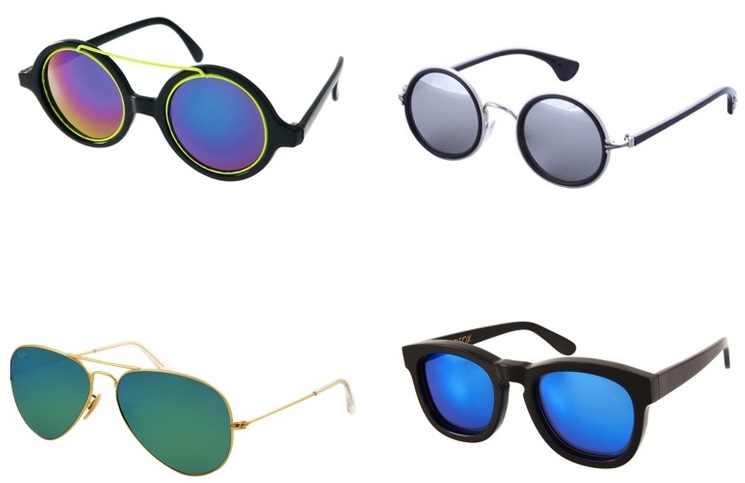
- Photochromic Lenses: Photochromic lenses are lenses that darken in sunlight. They’re basically activated by UV light, and get progressively darker out in the sunlight. Once back indoors, they slowly return to their transparent selves. They’re mostly for short term use though, and don’t function as full sunglasses since they don’t get as dark as most sunglasses are.
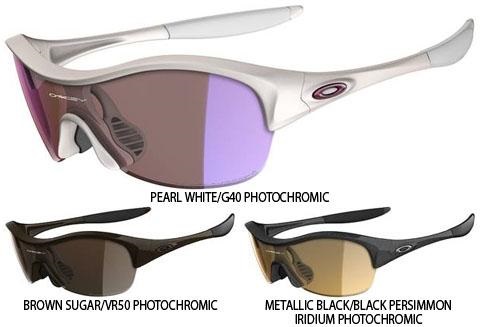
- Gradient tinted: These glasses are darker at the top and lighter at the bottom, to block sunlight coming for above. Although single gradients are mostly for cosmetic purposes, double gradient glasses work well to protect your eyes from the top and bottom. In them, the lenses are dark at the top, clear in the middle, then dark again at the bottom.
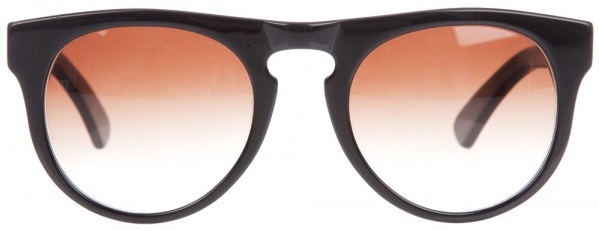
So, to summarize, polarized glasses offer better protection against harsh light and glare, but may not work well in all situations. Something worth noting is that even though simple tinted glasses claim to offer comfort in the sunlight, they actually do much more harm than good. Under tinted glasses, your pupils tend to dilate, and since there’s no UV protection, your eyes are more exposed to UV radiation than without tinted glasses. It’s a common mistake people make, and sometimes just to save a bit of money. There’s no substitute for protection, so even if you end up spending a little more on branded sunglasses with polarized lenses and UV protection, it’s money well spent!
There’s a wide range of sunglasses available from a whole variety of brands, with different styles as well, so no matter what look you’re going for, you should be able to easily find proper protective sunglasses that suit your fancy.
Image Sources: boots.com, spectacleshoppe.ca, motorhelmets.com, funny-pictures.picphotos.net.
